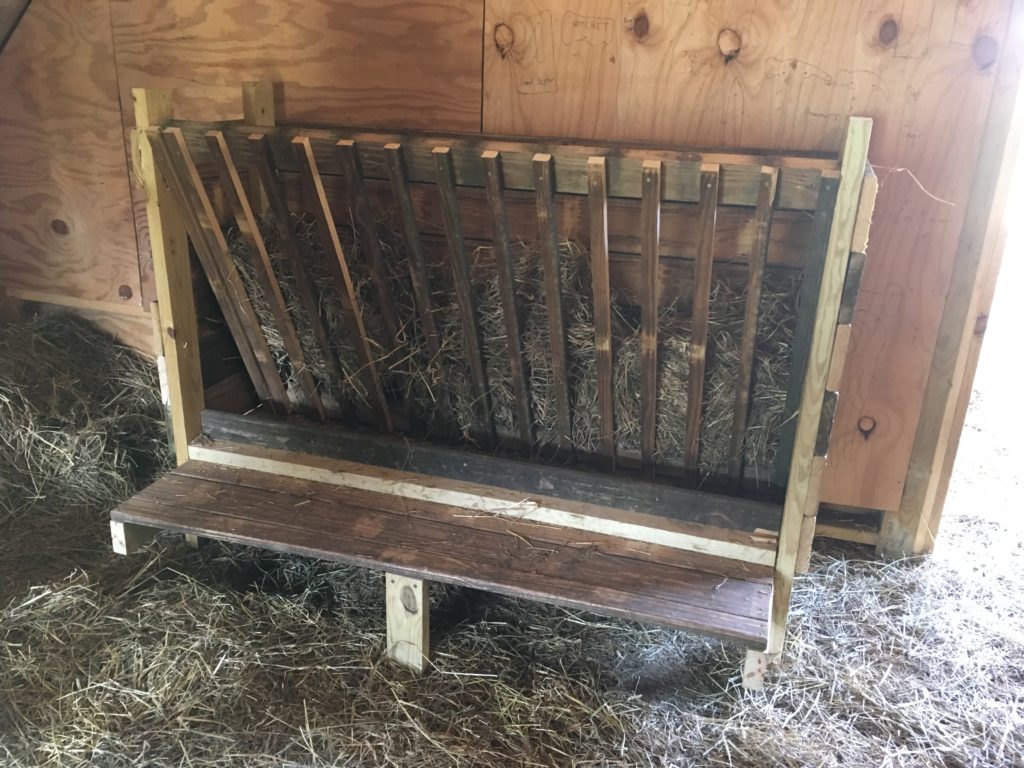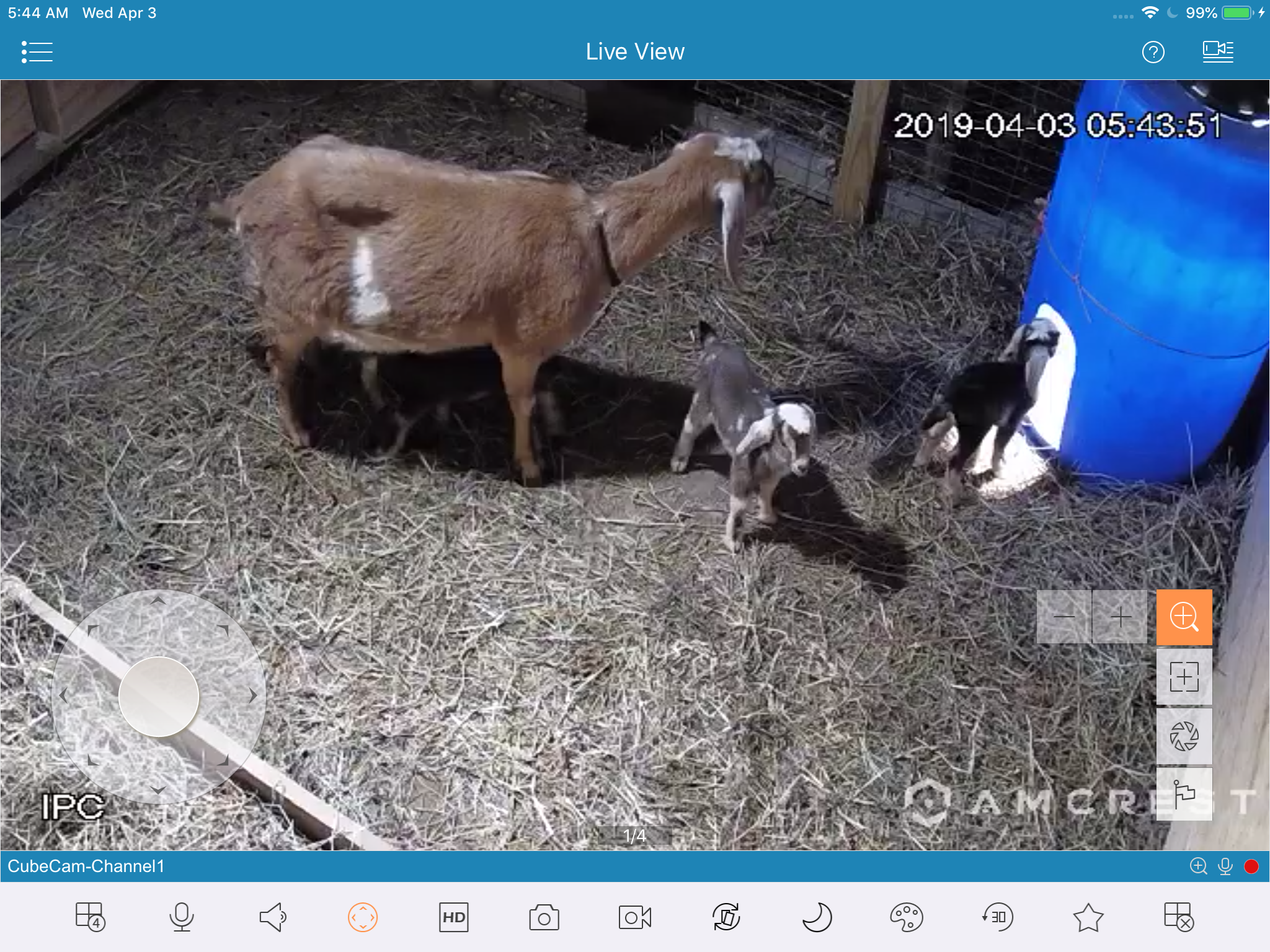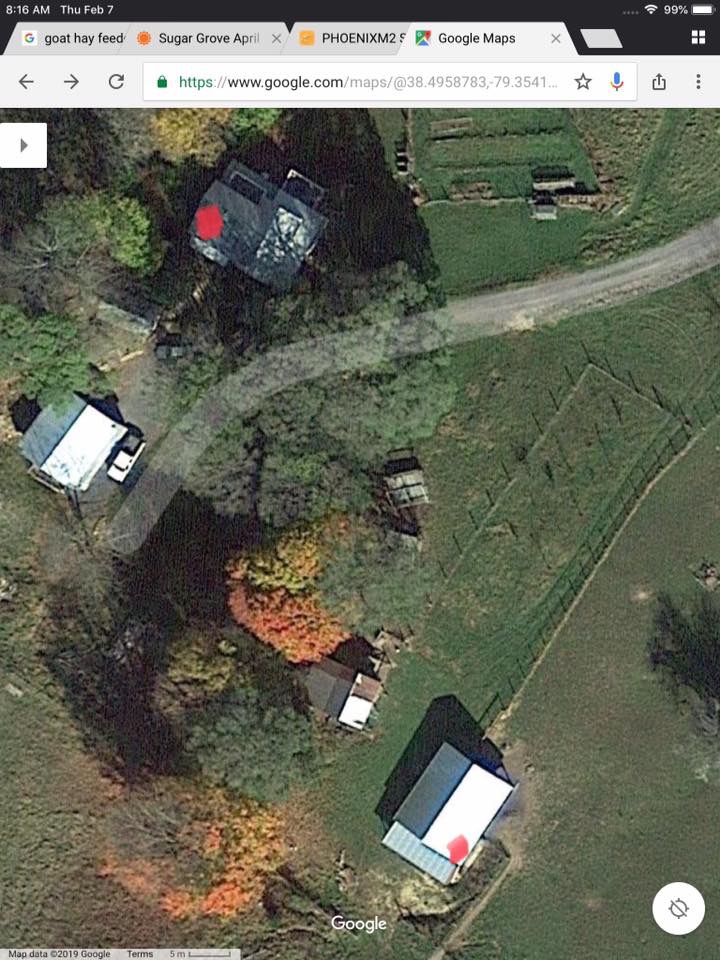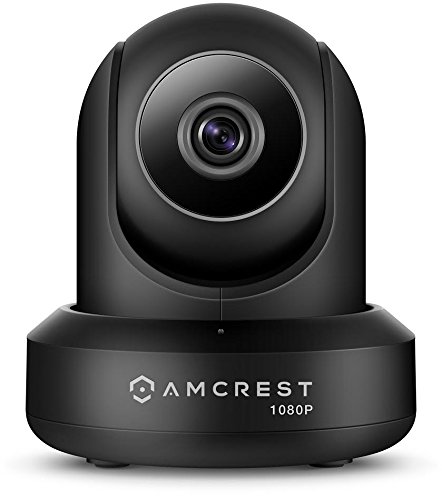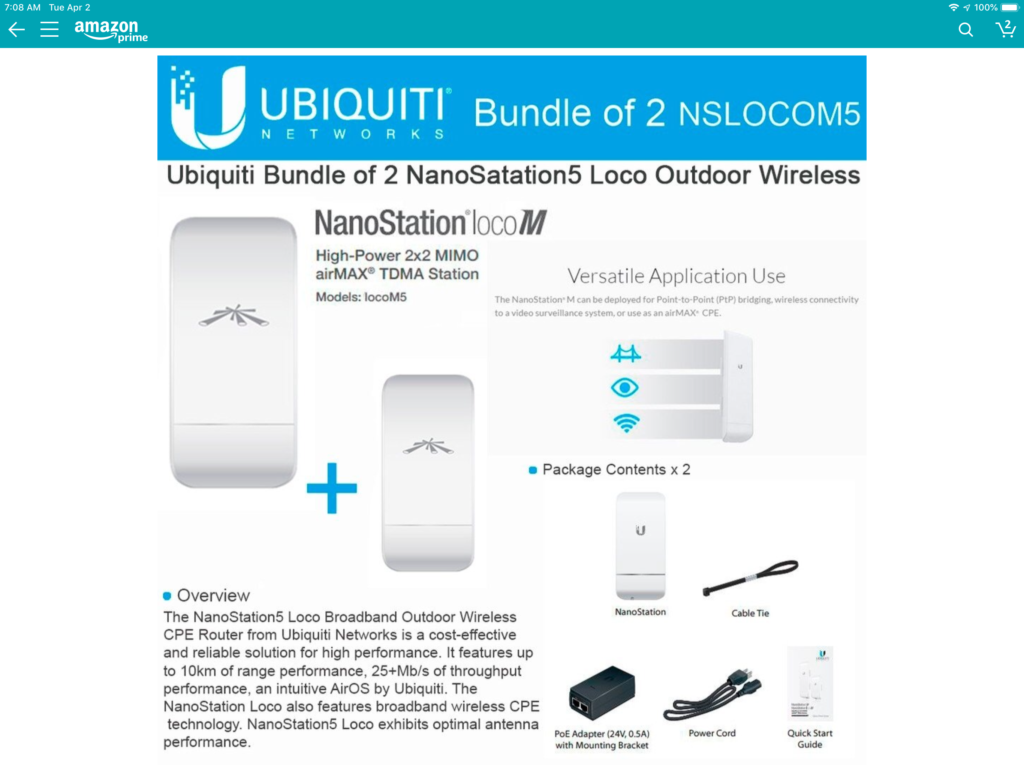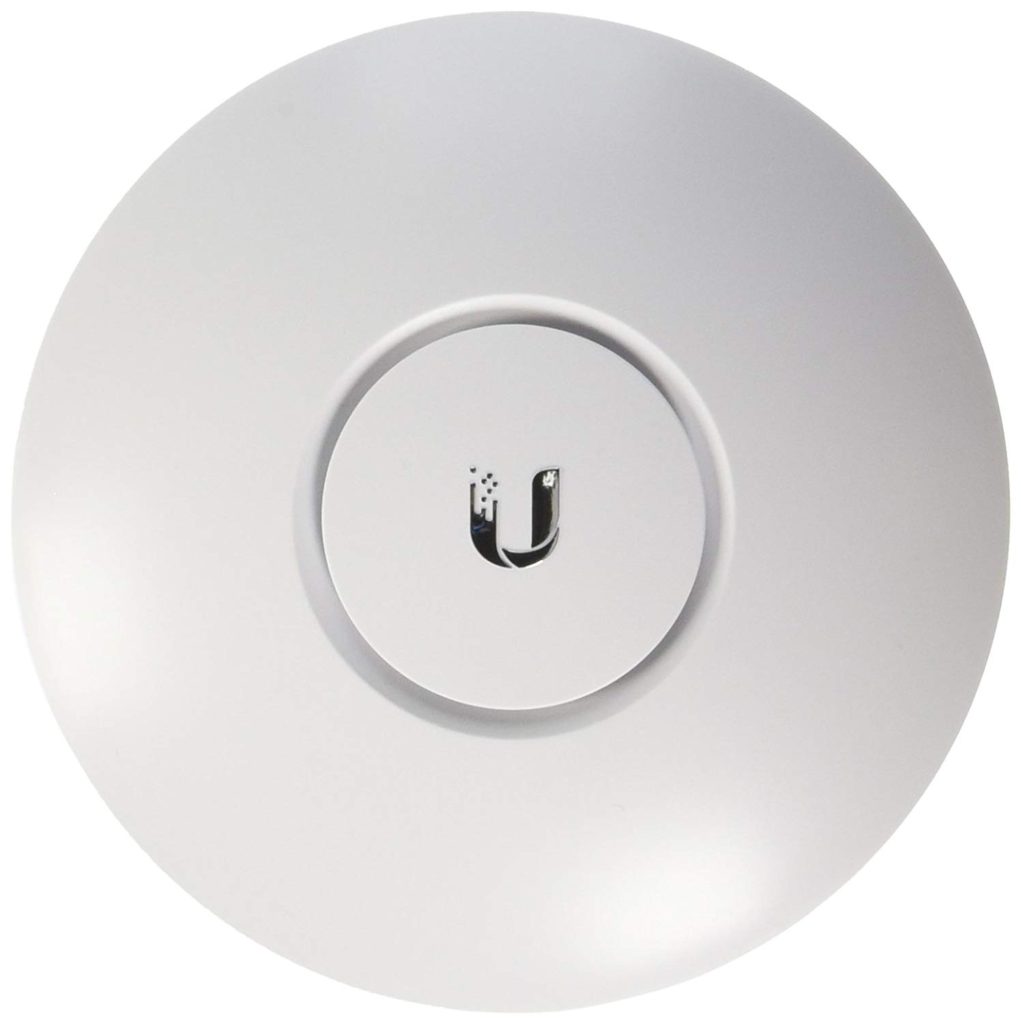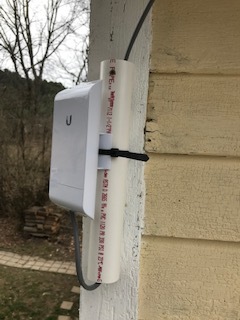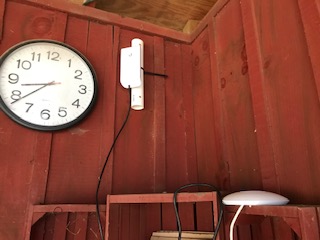We are new to goats in 2019, and whenever I (Marcia) am new to anything, my first step is to research a topic up, down, and sideways. In researching the best way to build a manger, I ran across several references to Harvey Considine, and his book that detailed a hay-conserving manger design. Sounded good to me! So, I looked it up online, watched YouTube movies of contented goats eating peacefully from them, and set out to build one.
The idea with this design is that the slats are far enough apart to enable the goat to step onto the step and reach her head into the manger and pick her favorite portions, letting the extra fall back into the manger instead of onto the floor, as with many other designs, where the goats pull out more than they can chew and thus waste hay falls to the floor.
This is what mine looked like when I got done… sort of.
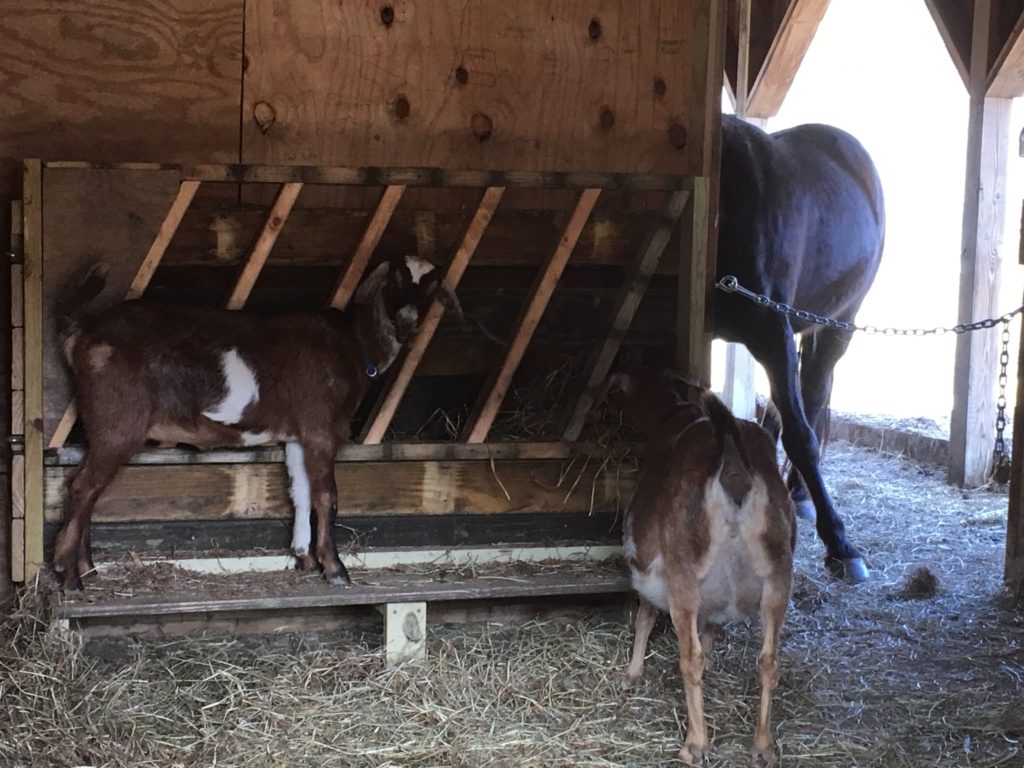
I say “sort of” because before that goat on the step on the left got here, it worked great. The goat on the right, a pregnant 3rd freshener (Buttercup) used it exactly as designed. She stepped up, put her head through the slats, and munched away. However, when the little, younger, slimmer, and more flighty goat (Milcah) arrived, she literally went through the slats and into the manger, then jumped out of it in her panic. It was amazing!
So, the picture above is actually the second revision that we made to this manger. First revision after Milcah came was to put 4” square wire on behind the slats. But that defeated the whole purpose of the design, and because the box was deep, and the front slats were not slanted back, the does could not reach much of the hay. SIGH!
So, we revised again, putting two boards horizontally behind the grill, as you see in that picture (if you look hard). That worked really well, until Rigel came. 🙄 Rigel was 9 weeks old, a handsome herdsire-to-be, and he immediately went through even this space and into the manger to hide from the older does. SIGH!
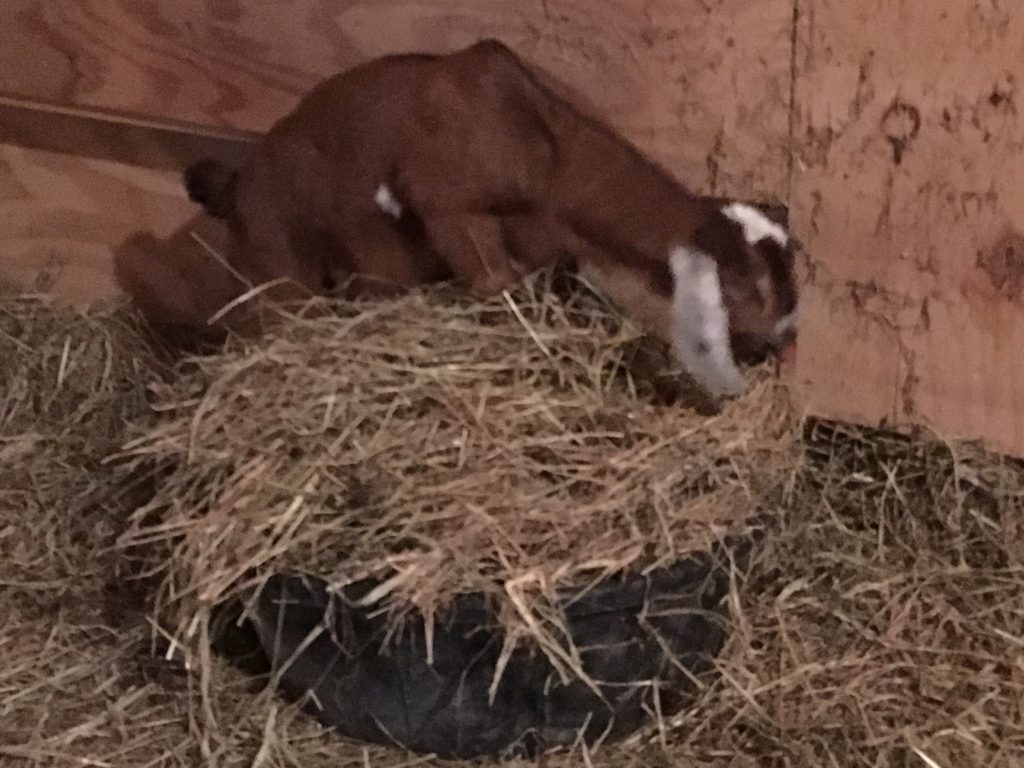
So, we took the manger out of the stall and tried other methods… a square wire basket of 2” X 4” openings mounted on the wall (same issue with not being able to truly browse the hay, so not eating it) and putting it on the floor in low feed tubs. Rigel loved that one. He could sleep in it! 😖

Rigel wasn’t the only one! By now, my Buttercup had given birth to three bouncing baby doelings, and once they were up on their feet, they were even more likely to get inside of our original (twice modified) hay manger.
So, I went back online to my goat community and asked for help. From the replies to my post, I gained the inspiration to rework my manger with smaller slats spaced with 3” openings (too small for these little kids’ heads) and slanted from lower (back) to upper (forward) so that the hay would fall into the resulting tray.
Here then is our fourth revision (and we hope our final one, but stay tuned!).
